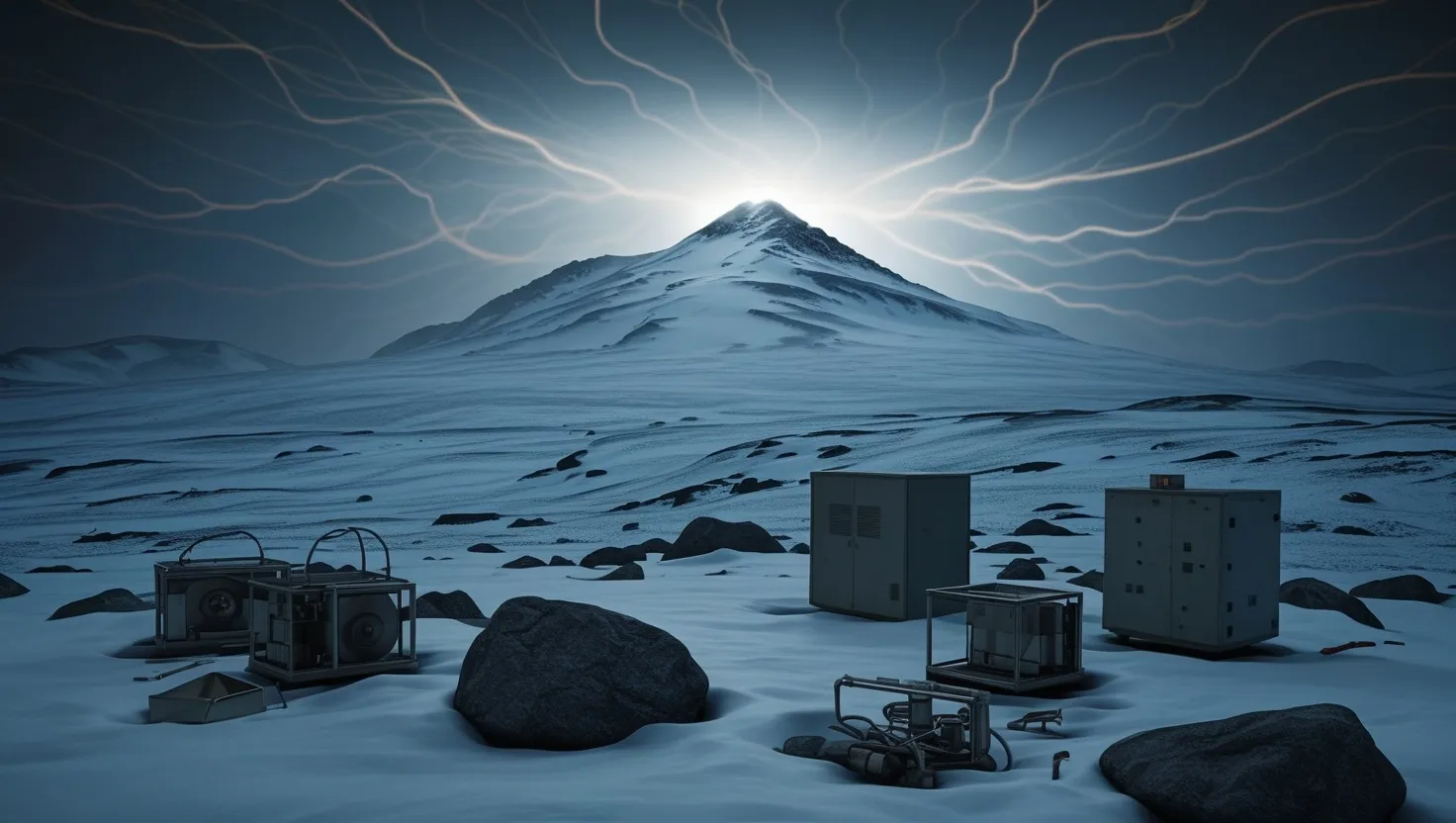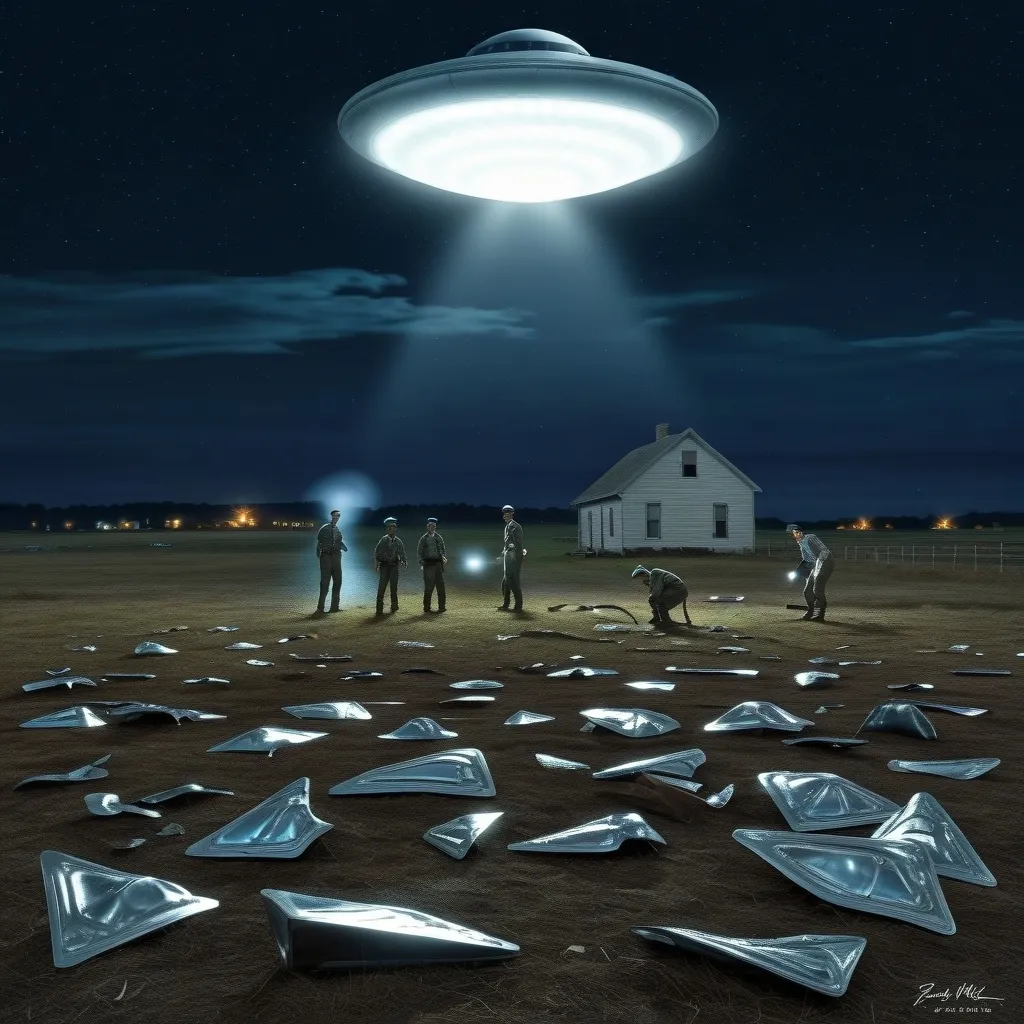If you’ve ever heard the story of the Dyatlov Pass, you likely recall the chilling basics: in 1959, nine experienced hikers set out across Russia’s northern Urals and met a fate that’s baffled investigators and fueled speculation for decades. They cut themselves out of their tent in the dead of night and vanished into subzero darkness, found later—some barefoot, some with traumatic injuries, none with a clear cause of death that satisfied authorities or families. For years, the official explanation wavered between natural disaster, avalanche, and, at times, the supernatural. But what if the environment itself—its invisible forces and hidden history—played a part more insidious and sophisticated than anyone dared guess?
Let’s move beyond the standard theories and look at a scenario where the mountains, the Soviet military, and the human mind intersected in bizarre, perhaps even experimental, ways. The Dyatlov Pass wasn’t just another snowy wasteland. Soviet geological surveys, kept classified until recent years, described the region as a “zone of abnormal electromagnetic activity.” Not folklore: precise measurements showed the Ural mountains in this sector pulsed with frequencies strikingly close to natural brain waves. That oddity alone might make you curious.
Now, consider this: just months before the hikers began their trek, special teams quietly arrived in the area. What did they install among the rocks and ridges? Not weather equipment—at least not the kind you’d expect. Anchoring points for now-vanished devices dot the old photographs, and reports from retired Soviet engineers confirm a secret program to test “environmental resonance phenomena.” The concept may sound like science fiction, but the military’s interest in environmental manipulation, especially using frequencies, wasn’t isolated to the USSR.
Take a moment here. If you were a government, quietly probing ways to influence minds—not just with words but with signals, waves, the very frequencies of thought—where would you test it? Remote, harsh, and easily closed off, the Dyatlov Pass offered a perfect natural laboratory. The mountains themselves, rich in specific minerals, acted as conductors. Geologically, these stones could channel and even amplify certain frequencies—the way a tuning fork resonates in sympathy with a note struck nearby.
It’s worth noting that the hikers’ final diary entries paint a portrait of growing paranoia and confusion. They heard sounds in the wind that had no logical source, and some described feeling watched despite evidence to the contrary. Were these classic signs of panic, or could they have been symptoms of exposure to electromagnetic frequencies matching the brain’s neural oscillations?
“Whoever controls the media, controls the mind,” wrote Jim Morrison. But what if the media isn’t just television or radio, but the very air itself: waves we can’t see, whispering straight to the cerebral cortex?
A critical fact often overlooked is what was found in the soil near where the hikers died. Tiny metallic shavings and odd mineral compositions matched materials then used in Soviet acoustic transducers—devices meant to project sound or vibration across terrain, capable of influencing—some say disrupting—mental states from afar. There were also sudden bursts of ionization in the atmosphere the night tragedy struck, something no ordinary blizzard accounts for. Could this hint at a powerful, if experimental, piece of technology tested that night?
Let’s ask the harder question: what do we really know about the way our brains sync with our surroundings? Most of us think of consciousness as locked inside our skulls, but science shows that brainwaves not only respond to outside frequencies but sometimes align with them. This phenomenon has been suggested as the root of shared religious experiences in ancient stone temples, or sudden outbreaks of mass panic. It’s as if, in very rare places, the world’s natural frequencies can “tune” our brains—sometimes with unsettling results.
The Dyatlov hikers may have become accidental subjects in a research project larger than themselves, a project whose records were later scrubbed, its equipment dismantled and quietly removed. Old Soviet files, although heavily redacted, reference operations codenamed “Resonance” and “Magnetar,” both focused on the effects of environmental fields on cognition and behavior. Some reports mention difficulties separating the impact of the equipment from the mountains’ own “background signal”—suggesting the scientists themselves weren’t always sure where nature ended and technology began.
There’s a human dimension, too. How did the families of the hikers react to hints of a government cover-up? Their frustration is palpable in the preserved correspondence, where they demand answers and instead receive silence or denial. And yet, a handful of physicists and neurologists, quietly, kept asking: could “environmental resonance” explain behaviors not just at Dyatlov Pass, but in other historical cases of collective fear or madness?
“Science is not only a disciple of reason but, also, one of romance and passion,” said Stephen Hawking. To probe the Dyatlov mystery with cold logic alone may blind us to the fascinating, if troubling, idea that resonance—whether environmental, technological, or psychological—shapes human experience far more than we admit.
Do you ever notice how a particular location can unsettle you, for no apparent reason? Is it the silence, the temperature, or something less tangible—a deep vibration felt rather than heard? The hikers on that frozen slope wrote of strange sounds, of uneasy feelings, of being watched. To me, these accounts, paired with the secretive installations and unexplained atmospheric readings, suggest a scenario where the line between physical science and psychological experimentation blurred to dangerous effect.
It’s tempting to dismiss theories involving “mind control” as the stuff of pulp novels. But history shows us that attempts to manipulate consciousness—whether with drugs, hypnosis, media, or electromagnetic fields—are very real. The Dyatlov Pass stands at a crossroads of these interests, uniquely marked by a geography that amplifies the odd and the unknown.
So, what should we take away from this intersection of mountain harmonics and covert research? Not just that the world is full of mysteries, but that sometimes mysteries are created through the deliberate meeting of science and secrecy. The lessons here touch on ethics, responsibility, and the unintended consequences of pushing technological boundaries. When the landscape itself starts to behave like an experimental apparatus, those who walk it become unwitting participants.
“Where there is mystery, it is generally suspected there must also be evil,” wrote Lord Byron. That’s a sentiment echoed by those who argue the simplest explanation—panic, weather, or avalanche—cannot account for the breadth of anomalies at Dyatlov Pass. If nature and human intervention sometimes combine to create effects neither side fully controls, should we wonder less about who caused the tragedy, and more about what, exactly, the environment can do to us?
As you think about this, ask yourself: If location shapes behavior, and frequencies can tune the mind, how might other mysteries—ancient and modern—be recast through this lens? How many of our so-called “paranormal” experiences are, in fact, strange harmonics working on our biology, perhaps guided by unseen hands in the name of science?
The Dyatlov Pass incident remains, in official history, unsolved. But in the tapestry of science, rumor, and suppressed files, a different story seems possible: a story where the mountain, the mind, and the machinery of a secretive era all played their part, resonating together on that fateful night.






